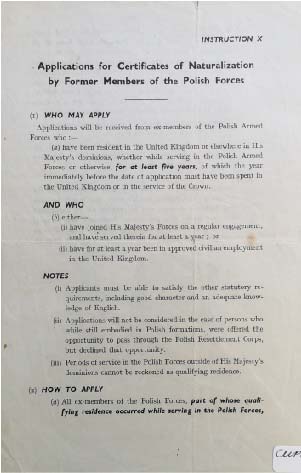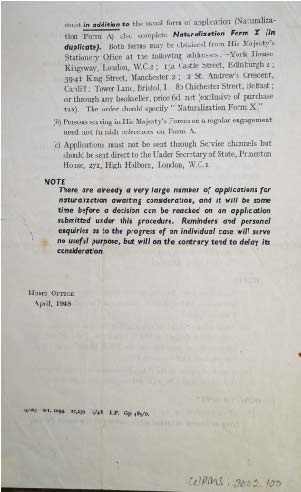The 1st Independent Polish Parachute Brigade
(1 Samodzielna Brygada Spadochronowa)
How Scotland Became Home
To Polish Soldiers
Many people in Scotland bear Polish surnames but have little idea how this came about. Others, aware of the vast amounts of Polish people in Scotland wonder ehst the story behind this population shift is.
It All Started With Hitler
On 1st September 1939 Hitler invaded Poland as part of the secret Molotov-Ribbentrop agreement with Russia. Britain then declared war on Germany. Soon all the British troops were involved in wars on the sea, on land and in the air. As a result there was a complete lack of soldiers to protect Britain from a Nazi invasion.
Churchill was in regular talks with Polish authorities and a small group of Polish soldiers were initially brought to the UK tasked with helping to protect the North East coastline from Montrose down to Dunbar.
They quickly went about installing anti-tank concrete blocks, pill-box defences, the installation of anti-aircraft guns etc.
Poles In Fife
In Fife particularly around the St.Andrews to Dunfermline area there was very heavy activity. In Elie the Golf Hotel became a prime place where Polish troops were billeted. In Earlsferry, Fife, many mansion houses, Earlsknowe on Grange Road (near the Golf Course), Earlsferry House as well as houses of local residents were used.
In Elie, on the golf course, temporary wooden buildings were built behind the Golf Hotel. For the paratroopers a wooden platform was built to train them on how to handle the forces exerted on their bodies during landing.
Outside of Elie, at Shell Bay, close to Cockie Mill Burn a simulated parachute drop site was established. An elevated platform was installed with an overhead steel cable that the parachutist would hook onto and travel down until he made contact with the ground. The purpose of this was to teach him how to land at speed.
On the golf course at Elie a short take-off and landing strip was built with a Westland Lysander aeroplane there for practising the pickup and landing of agents. Much practice was done at night in order to train them to use darkness as a cover to land in enemy territory.
Shell Bay was also used for ground training the parachutists. Grenades, sten guns and other explosives frequently went off there as the soldiers trained.
Poland's Fife Connection
The more I started to research the 1st Independent Polish Parachute Brigade (1 Samodzielna Brygada Spadochronowa), the more I came to appreciate the connection with Fife. Here are just some of the connections with Fife;
- 4th Polish Rifle Cadre stationed at Largo House, Upper Largo, Fife
- Thousands of Polish Soldiers stationed at Auchtertool Distribution Camp, Fife.
- General Sikorski (Polish Government in Exile) had a house in Auchtertool, Fife.
- 1st Independent Polish Parachute Brigade formed at Kincraig Point, Elie, Fife.
- 1st Independent Polish Parachute Brigade stationed at Largo House, Upper Largo, Fife.
- Parachute training tower located at Lundin Links, Fife.
- The parachute silk was made in Castleblair Works, Pilmuir St, Dunfermline, Fife.
Naturalisation
Members of the Polish armed forces who were resident in the UK were in time offered "Naturalisation" i.e the right to stay in the UK and obtain the usual rights afforded to UK citizens. Most Polish soldiers took this up because ultimately they were scared of going back to a Communist Poland.
If your relative applied for naturalisation, their records should be in the National Archives at Kew and you should be able to get a copy of their naturalization certificate. These were the procedures for naturalization;


Please Donate!

Uncover The Past - Support The Future
Please don't "grab & go"! Each year, 12,000 people visit this website to trace their Polish ancestry, uncover family stories, and connect with their roots. I believe that history should be accessible to all - but keeping this website alive since 2017 comes at a personal cost to me, 8 years @ £1000 per year (website mgt fees) has left an £8000 dent...with only £380 in total donated up to 27/11/25 😱😱😱.
Every detail you uncover and every story you piece together helps you piece family history together. Please donate if you found the existing information on this site useful, help me keep the site alive! Thanks! Jason Nellyer (Researcher & Site Owner)